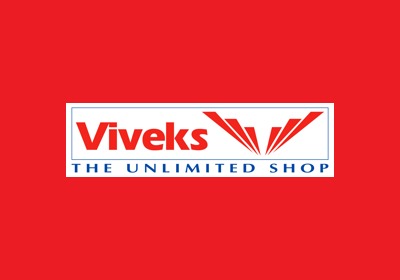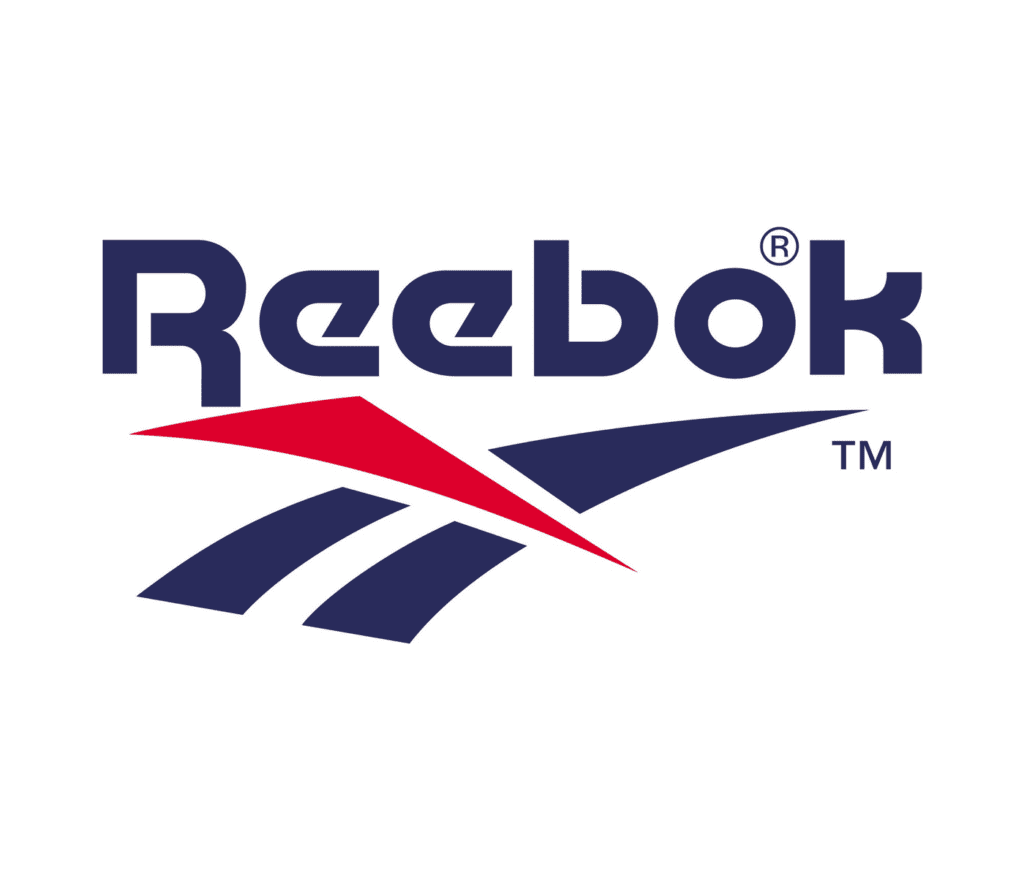AntiFragile Brands – Growing in a VUCA world
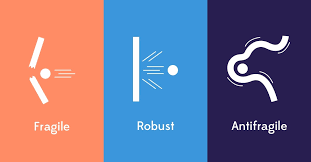
Some brands are antifragile, the opposite of fragile, which grow under pressure and become better especially in a VUCA world
Andy Grove famously said, “Bad companies are destroyed by a crisis. Good companies survive a crisis. Great companies are defined by a crisis”.
Marketing strategies will define a brand’s performance in good and bad times, and right now, brands must be able to adapt to and prosper in volatile environments. Currently, the globe is in a state of VUCA — Volatility, Uncertainty, Complexity, and Ambiguity – which aptly describes our current situation. VUCA times place a great deal of pressure on businesses, who are expected to step up and accomplish more as times get tougher.
With a huge impact on operating models, revenue, and a hefty dose of uncertainty, it is very difficult to plan, as many businesses have had to rip up their operating manual and start again, spending heavily to reinvent their business, to be COVID-19 safe at the same time as they shift to a whole new customer experience.
Many organisations have had to throw out their operational manuals and start over, extensively redesigning their business, shifting to a new customer experience, making it impossible to plan as a business.
At times like these, a company’s brands take on a new level of importance. Brands can and should support businesses in VUCA times in these ways:
- Provide a solid foundation that can withstand adversities
- Be a shock absorber to absorb some of the adversities and the gap between expectations and reality.
- It should be able to adapt and change its focus as a business without having to start anew.
- Provide a deeper relationship to customers which goes beyond transactional
- It should maintain a sense of cohesion in the face of constant change.
In the words of Nassim Nicholas Taleb in his book Anti-fragile – anything that “has more upside than downside from random events (or certain shocks) is anti-fragile; the reverse is fragile” – “businesses need to build in anti-fragility”.
It is not an easy task, but the benefit of an anti-fragile brand is immense – they last longer, grow faster, matter more.
To get a perspective, let us understand the differences between fragile and antifragile.
Fragile
Distinct materials achieve different states when subjected to pressure. Similar to companies. An egg’s delicate nature or glass makes it prone to breakage. They succumb to the pressure.
Robust
A rock is robust. Normal-pressure won’t shatter it. Likewise, there will be those who can maintain and even expand their market share despite the competition. But in the end, they will stick to the “old normal” and return to pre-pandemic practices. After a pandemic, some firms may be able to return to their pre-pandemic operations.
The Antifragile
Some things, on the other hand, are antifragile, meaning they improve when put under stress. The human immune system is an example. Diamonds are worth far more than coal. A pandemic, for example, can spur growth in some industries.
During the early 2000s, Air New Zealand faced a bleak future following the 9/11 terrorist attacks and the bankruptcy of Ansett Australia. As part of his initial steps as CEO, Ralph Norris surveyed the airline’s employees when he took control in 2002. What we found was quite shocking. Only 29% of staff even took the time to answer! 90% of individuals surveyed said they had no faith in the airline’s leadership or future goals!
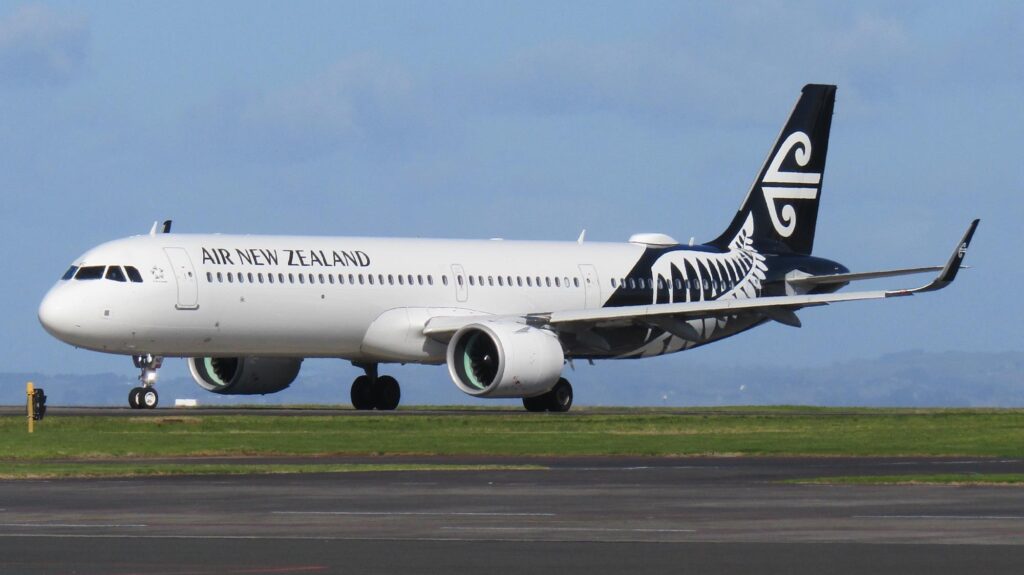
In the face of limited resources, ageing equipment, and angry employees, Norris chose to focus on the people—both the customer-facing personnel and passengers themselves—to spark the turnaround. To restore and resuscitate the company, he decided to focus on customer service. Because of this, Air New Zealand has grown into the outstanding brand it is today, capable of far more than its weight in terms of performance. Air New Zealand has proven to be a strong anti-fragile brand.
Earlier strong brands had a USP, and a strong foundation to stand on. The goal was to be as rigid as possible. Things that aren’t pliable break under stress.
Brands are also feeling the heat. Device proliferation and expanding options have not coincided with no increase in growth. Marketers are vying for consumers’ attention in an uncertain economic situation in an ever-increasing variety of ways.
We now need to design brands that are innately antifragile rather than ones that are built to last.
Antifragile brands are malleable, quick to respond, and adaptable. When the world quivers like COVID, brands can re-imagine, survive, or extend themselves thanks to a sophisticated structure of belief, reputation and meaning that allows a brand to withstand, thrive, or even grow.
It is based on simple principles that antifragile brands are created.
- It all begins with a clear grasp of what the brand is. What purpose does this brand serve in this world? What is the point of this? Flexible brands have a clear sense of their identity.
In the same way that a rubber band would be. Even if you twist and turn it in any direction, it’s still a band of rubber. They can bounce. Google, Amazon etc., all have driving concepts at their core — and they bounce.
- What the brand has to say is important. A brand’s voice must be distinct, too, in the manner it speaks. Even more essential than what you say is how you say it. This is becoming more, not less, relevant as media channels fragment and digital media explodes. Resonant encounters rather with a fair amount of consistency should be the goal. Brands should be felt (an emotional feeling) when they come into contact with their customers.
- Finally, what the brand stands for and what it does. The courage to “do” ideas is a prerequisite for their implementation. Take a look at KFC in the UK.
Several years ago, KFC was forced to close 700 of its restaurants due to a lack of chicken. This would be a catastrophe for the vast majority of businesses. Typically companies would apologise and state that “We’re doing a thorough internal investigation, and we apologise for any inconvenience this may have caused”
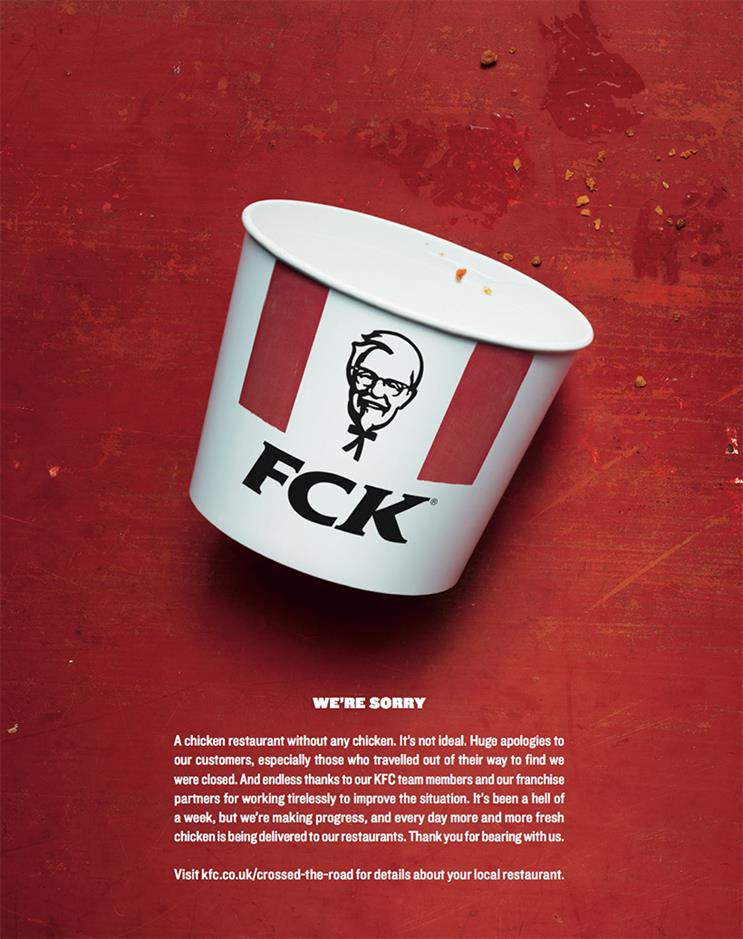
But this is fragile. Fortunately, KFC’s marketing team grasped antifragility. A full-page advertisement featuring an empty bucket of chicken and the iconic logo’s letters altered to read “FCK” was instead placed in UK newspapers.
An approaching calamity was quickly transformed into a positive story when people began to recognise the humour in it. That defines antifragility.
The key is ownership. You either own the story or you let the story own you!

